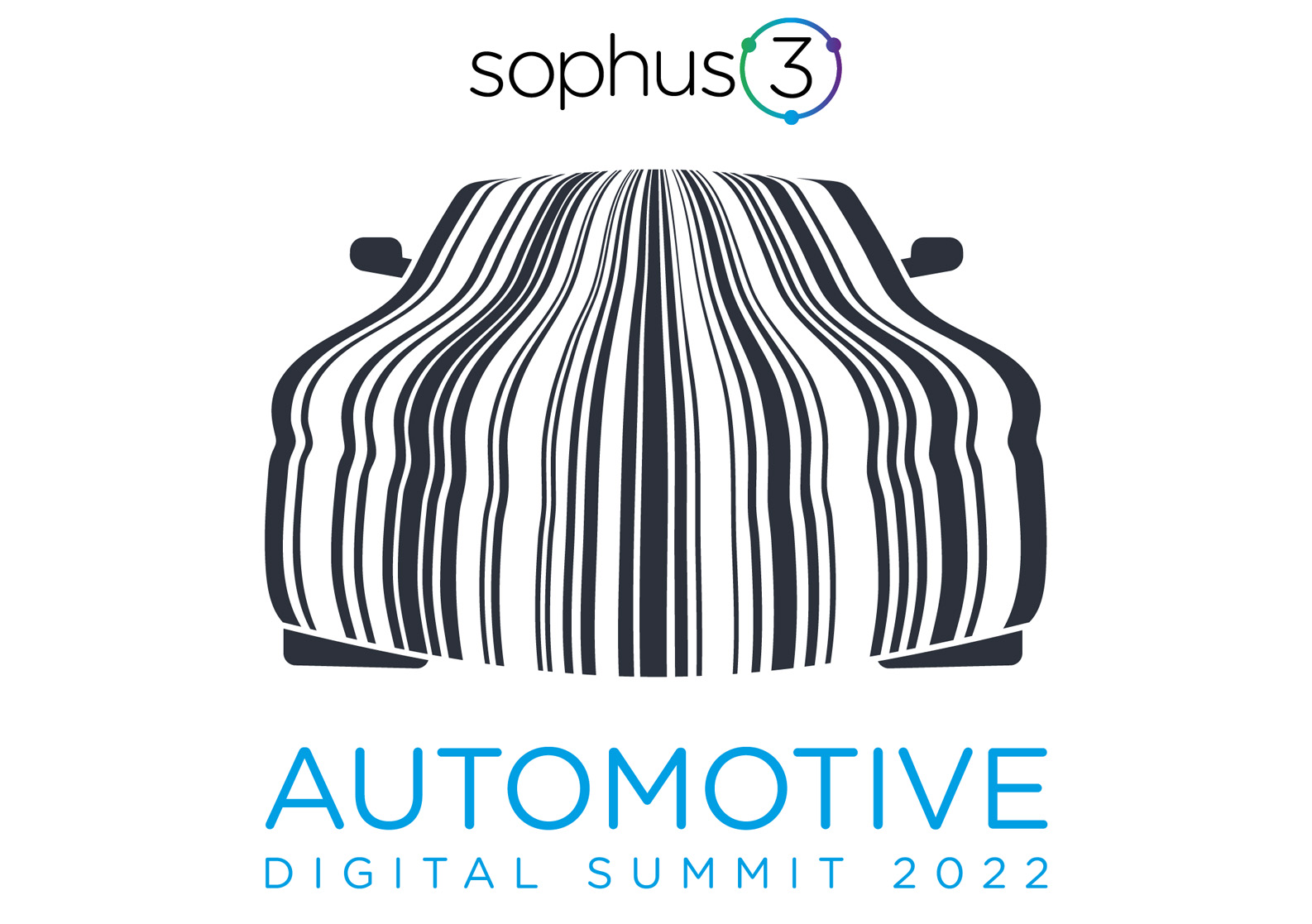
Europe’s car brands are sleep-walking into historic levels of marketing inefficiency
The latest analysis from automotive digital specialists Sophus3 suggests car brands are using outdated strategies to chase unrealistic targets.
Thursday 10th March, 2022 | Sophus3 today releases the first episode of highlights from the 2022 edition of the Automotive Digital Summit. The event offers detailed analysis of car brands’ digital, campaign and sales performance over the 12 months of 2021 and looks ahead to the challenges in the year ahead.
Sophus3’s analysis points to the continuing inefficiency of the automotive sector’s digital activity. Despite spending huge budgets on digital display, search and social media campaigns, our data shows that less than one tenth of one percent of all visitors to car brand sites will go on to buy a vehicle.
This long term trend has been made worse by audience ‘blind spots’ caused by the implementation of privacy policies that make it harder to track visitors and measure digital effectiveness. Sophus3 estimates that between 20 and 50 percent of the audience to car sites is, effectively, rendered invisible. The Return on Investment calculations that brands make about their marketing activities are therefore becoming ever more distorted and flattering of the true, underlying performance.
As more car brands introduce ecommerce solutions to sit alongside the traditional dealer retail channel, they have an opportunity to reach buyers more directly and to cut waste through improved targeting. Yet many brands continue to focus on generating big audience numbers without being realistic about the conversion to sales that is possible.
‘The car industry is so conditioned to low conversion numbers that it does not question them,’ says Sophus3’s managing director, Scott Gairns. ‘In the pre-digital era, the average car brand used TV to create buzz around models and turned a blind eye to the poor results it delivered. But that is no longer acceptable in the digital age. Our data shows that improvements are urgently required, but also, that they should be well within the reach of brands who use digital data to understand their performance and to continually refine their digital effectiveness.’
‘It is time for the car industry to align their marketing investment to realistic sales modelling and put pressure on their digital partners to deliver better results,’ says Scott. ‘The key to that is good data management and insight. In a climate where costs are under such scrutiny, this could be the easiest and quickest way to improve profitability.’
You can hear more from Scott and the Sophus3 team of analysts in this short 12-minute video which can be viewed here:
Sophus3 Digital Automotive Summit 2022
The video is accompanied by our annual white paper, ‘The Digital Car Buyer in Numbers’, which contains the more detailed data behind the trends and further insights into the factors that will shape the car market during 2022. You can request a download of the full document from the same page.

